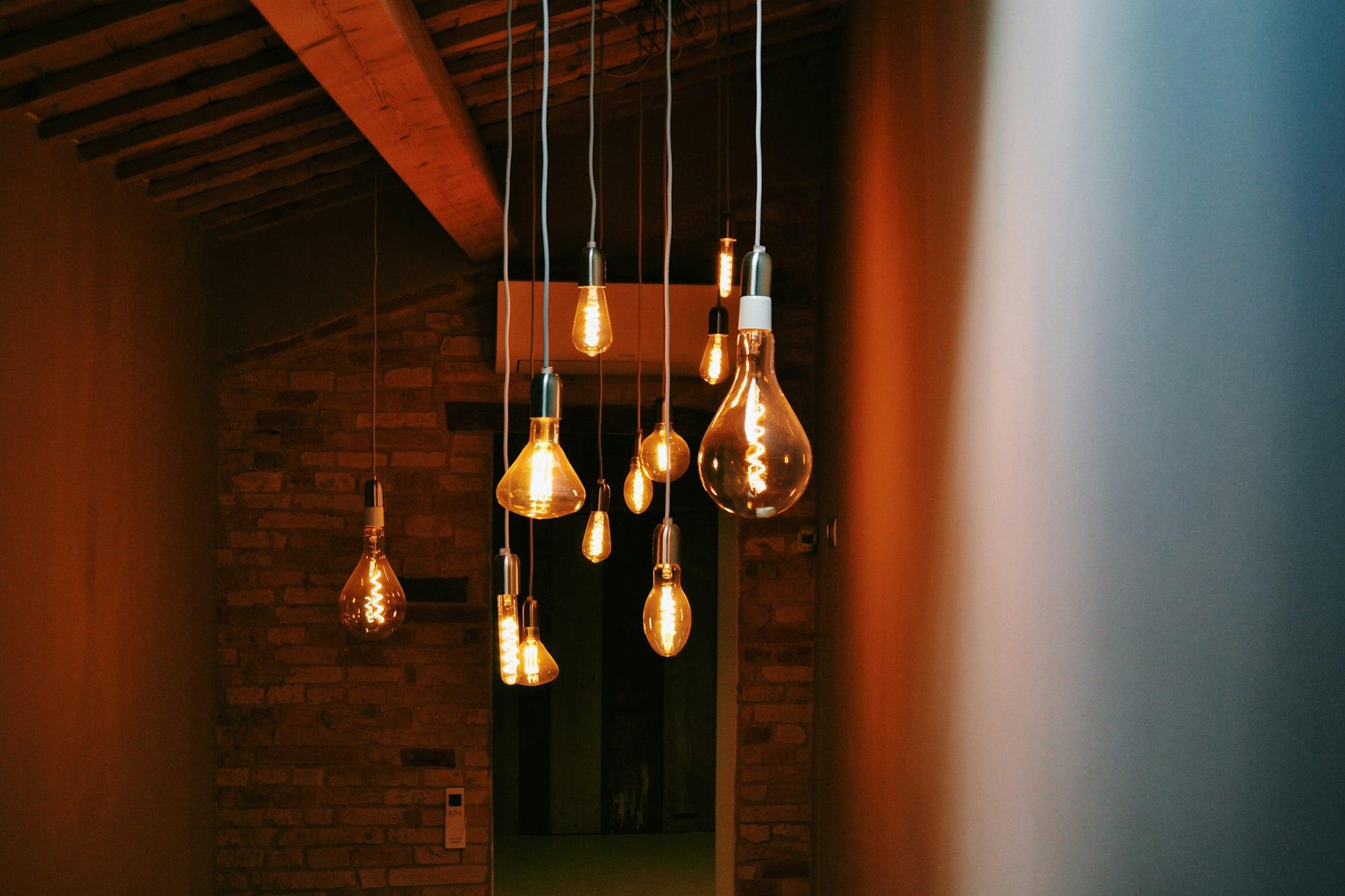What is a Buttery Room?
A buttery is a medieval storage room for beverages like ale and wine, often with racks and a serving hatch. It has evolved into modern wine cellars and home bars.

Photo by Federica Giusti
When you hear the word "buttery," your mind might conjure images of rich, creamy flavors melting on your tongue. However, in the realm of architecture and historical home design, a buttery has a completely different—and quite intriguing—meaning. Let's dive into the world of butteries and uncover their fascinating history and purpose.
The Surprising Definition
A buttery, contrary to what its name might suggest, has nothing to do with butter. Instead, it refers to a specific room or area in a house, traditionally used for storing and serving beverages, particularly alcoholic ones. Think of it as the predecessor to the modern home bar or wine cellar.
Historical Origins
The term "buttery" derives from the Middle English word "botelerie," which itself comes from the Old French "bouteillerie," meaning "bottle room." This etymology provides a clear link to its primary function: a place for storing bottles.
Butteries have been a feature of large homes, colleges, and monasteries since medieval times. In these settings, they served as a crucial part of the household's service areas, alongside kitchens and pantries.
The Buttery's Role in Historical Households
In its heyday, the buttery played several important roles:
- Storage: It was the primary storage area for alcoholic beverages, including ale, wine, and mead.
- Service: The buttery was where drinks were prepared and distributed to household members and guests.
- Security: Given the value of alcoholic beverages, the buttery was often a secure, locked room, with access limited to trusted servants.
- Temperature Control: Located often on the cooler, north-facing side of a building, butteries helped preserve perishable drinks.
Features of a Traditional Buttery
A typical buttery in a large historical home might have included:
- Shelving and Racks: For storing bottles and casks
- A Serving Hatch: Known as a "buttery hatch," for passing drinks to the hall
- A Stone Sink: Called a "buttery sink," used for washing drinking vessels
- A Strong Door: To keep the valuable contents secure
Evolution of the Buttery
As household structures and social customs evolved, so did the buttery:
- Medieval Period: The buttery was a separate room, often adjacent to the great hall.
- Tudor and Stuart Eras: It became part of a suite of service rooms, including the pantry and kitchen.
- 18th and 19th Centuries: In many homes, the buttery's functions were absorbed into the kitchen or cellar.
- Modern Times: While traditional butteries are rare in contemporary homes, their legacy lives on in wine cellars, home bars, and butler's pantries.
The Buttery in Popular Culture
The concept of the buttery has left its mark on language and culture:
- In some British universities, the term "buttery" is still used for a cafeteria or snack bar.
- The position of "butler" originally referred to the servant in charge of the buttery.
- In literature, butteries often appear in historical novels or period dramas, adding authenticity to depictions of grand old houses.
Incorporating Buttery-Inspired Design in Modern Homes
While few modern homes include a traditional buttery, you can incorporate elements of this historical feature in your interior design:
- Create a Home Bar: Dedicate a space for storing and serving beverages, reminiscent of a buttery's function.
- Design a Butler's Pantry: This modern equivalent can serve as a preparation and storage area near the dining room.
- Install a Wine Cellar: For serious wine enthusiasts, a temperature-controlled cellar echoes the buttery's storage role.
- Use Buttery-Inspired Decor: Incorporate elements like bottle racks, vintage corkscrews, or antique decanters as decorative nods to the buttery tradition.
The Enduring Legacy of the Buttery
The buttery, though no longer a standard feature in modern homes, represents a fascinating chapter in the evolution of household design. It reminds us of a time when the storage and serving of beverages was a specialized, almost ceremonial task.
Understanding features like the buttery not only satisfies our curiosity about historical home design but also provides inspiration for how we might organize and enjoy our living spaces today. Whether you're a history buff, a home design enthusiast, or simply someone who appreciates the stories old houses can tell, the buttery offers a intriguing glimpse into the lifestyles of the past.
So, the next time you're enjoying a drink at home, spare a thought for the buttery – the unsung hero of historical household beverage management. It's a testament to how our homes, like fine wine, have matured and transformed over time, always adapting to our changing needs and tastes.
Quick facts
What is a buttery in a house?
A buttery in a house is a room or space traditionally used for storing wine, ale, and other beverages. It often served as a pantry-like area in medieval homes or manors.
Why is a buttery called a buttery?
The term 'buttery' comes from the Old French word 'boterie,' meaning a storage area for bottles or casks. It originally referred to a place for keeping beverages like wine and ale.
What kind of room is a buttery?
A buttery is a room used for storing beverages, particularly in medieval homes. It was typically located near the kitchen or dining area and managed by the household's butler.

Mihai Crisan
Software Engineer at Spoken
Mihai is a dedicated software engineer at Spoken, where he combines his passion for technology with his professional expertise. As a tech geek, he is always on the lookout for innovative solutions to simplify and enhance people's lives through cutting-edge technology. Mihai’s curiosity drives him to explore and implement new ideas that make a real impact.
Read more